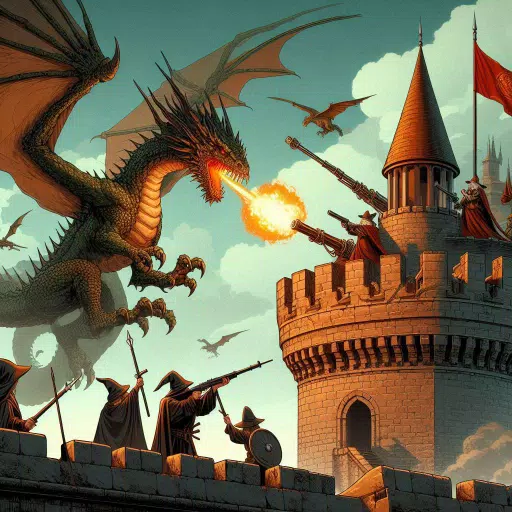Pokémon: A Closer Look at the Franchise's Darker Side
While Pokémon is known for its child-friendly nature, earning an "E for Everyone" rating for its mainline games, some of its creatures harbor surprisingly dark secrets. Beneath the surface of Pikachu and Eevee's cheerful demeanor lie tales of kidnapping and even murder, woven into the Pokédex entries of several Pokémon. This exploration delves into five of the creepiest Pokédex entries, though many more deserve mention. Honorable mentions include Mimikyu, a Pokémon disguising itself as Pikachu to befriend others while secretly plotting the mascot's demise; Haunter, a silent stalker who licks its victims, causing violent shaking until death; and Hypno, infamous for hypnotizing and kidnapping children in both the games and the cartoon, feeding on their dreams.
Let's examine the unsettling details:
Drifloon:
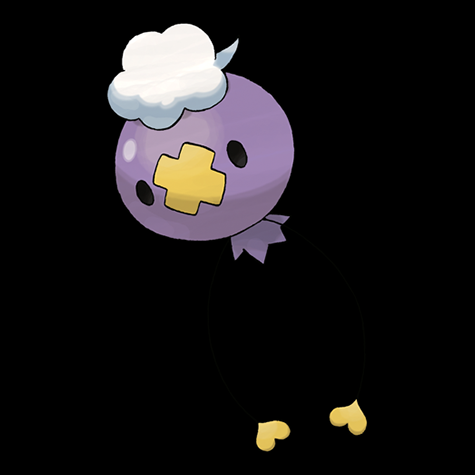
Drifloon's innocent appearance belies its sinister nature. While some Pokédex entries describe it as a Pokémon formed from the spirits of people and Pokémon, others paint a far more disturbing picture. Drifloon is known to tug on children's hands, stealing them away. Its round body, allegedly filled with souls, expands with each victim it abducts. The Pokémon's mysterious appearance in Diamond and Pearl, only on Fridays at the Valley Windworks, adds to its unsettling aura, transforming simple curiosity into a chilling mystery. The narrative of a young girl lured away by a seemingly harmless balloon highlights the creature's predatory behavior.
Banette:
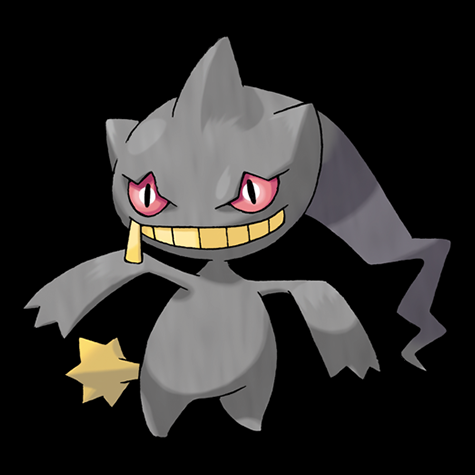
Banette, the Marionette Pokémon, draws parallels to classic horror figures like Annabelle or Chucky. Its origin story revolves around an abandoned doll fueled by resentment. Pokédex entries describe its relentless pursuit of the child who discarded it, inflicting harm by sticking pins into itself as an effigy. The only way to alleviate its negative energy is by unzipping its wide smile or, perhaps, showing it affection. The tale of a sick boy and his discarded doll underscores the Pokémon's vengeful nature and its chilling method of inflicting pain.
Sandygast:
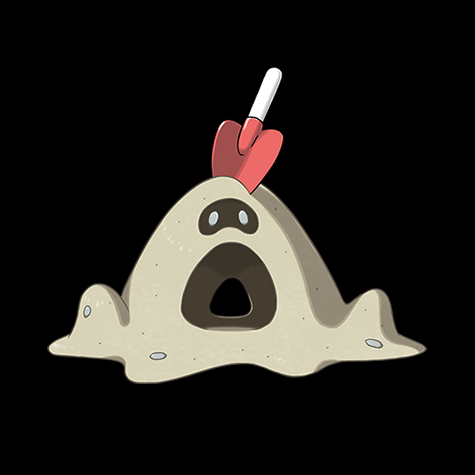
The seemingly harmless sandcastle-themed Sandygast is far from innocent. Pokédex entries warn against leaving unfinished sandcastles, as they may become possessed and transform into Sandygast. This Pokémon controls anyone who places their hand in its mouth, forcing them to enlarge its body. The horror escalates with its evolution into Palossand, the "Beach Nightmare," which drags its prey into the sand, sucking out their souls. The image of dried-up bones buried beneath the sandcastle serves as a grim reminder of Palossand's gruesome feeding habits.
Frillish:
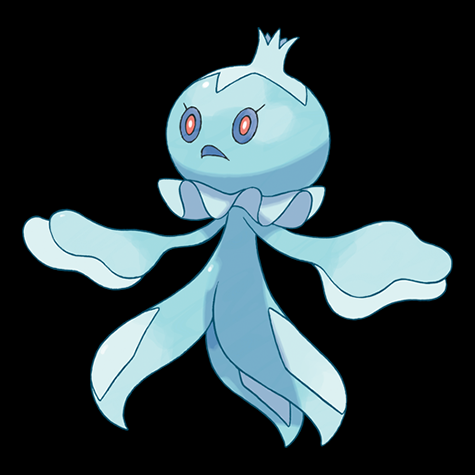
Frillish, the Floating Pokémon, uses its seemingly innocent appearance to lure victims. Residing deep beneath the waves, it surfaces to hunt, using its veil-like arms, armed with thousands of poisonous stingers, to paralyze prey before dragging them to its lair five miles below the surface. The story of an elderly woman lured to her death emphasizes the Pokémon's predatory tactics and the terrifying fate of its victims, who are likely conscious as they are dragged into the depths.
Froslass:
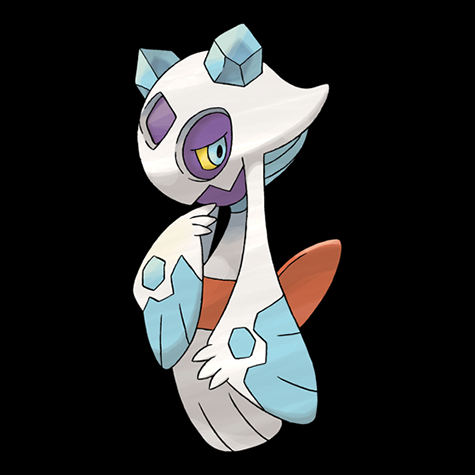
Froslass, drawing inspiration from Yuki-onna and Medusa, is a chilling figure. The soul of a woman lost on a snowy mountain, possessing an icicle, it preys on men it deems handsome, luring them to its den during blizzards. Pokédex entries describe how it freezes its victims, neatly lining them up as decorations in its icy lair. The narrative of a man lost in a blizzard and subsequently frozen by Froslass perfectly encapsulates the Pokémon's icy cruelty and its morbid collection of human trophies.
This exploration only scratches the surface of Pokémon's darker elements. The contrast between the franchise's generally lighthearted image and the unsettling details hidden within its lore creates a fascinating and often disturbing juxtaposition.









